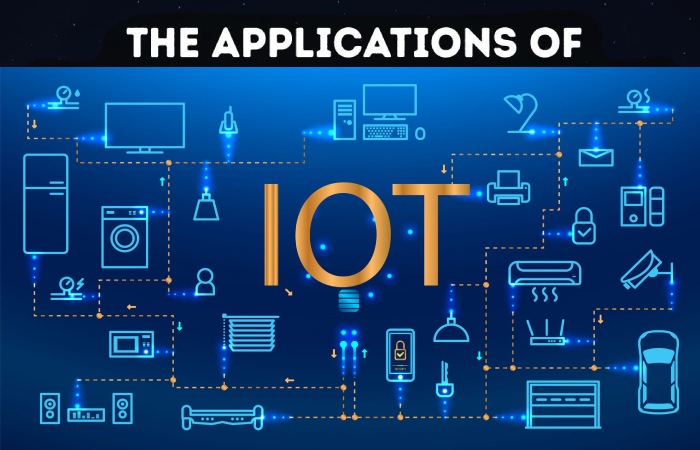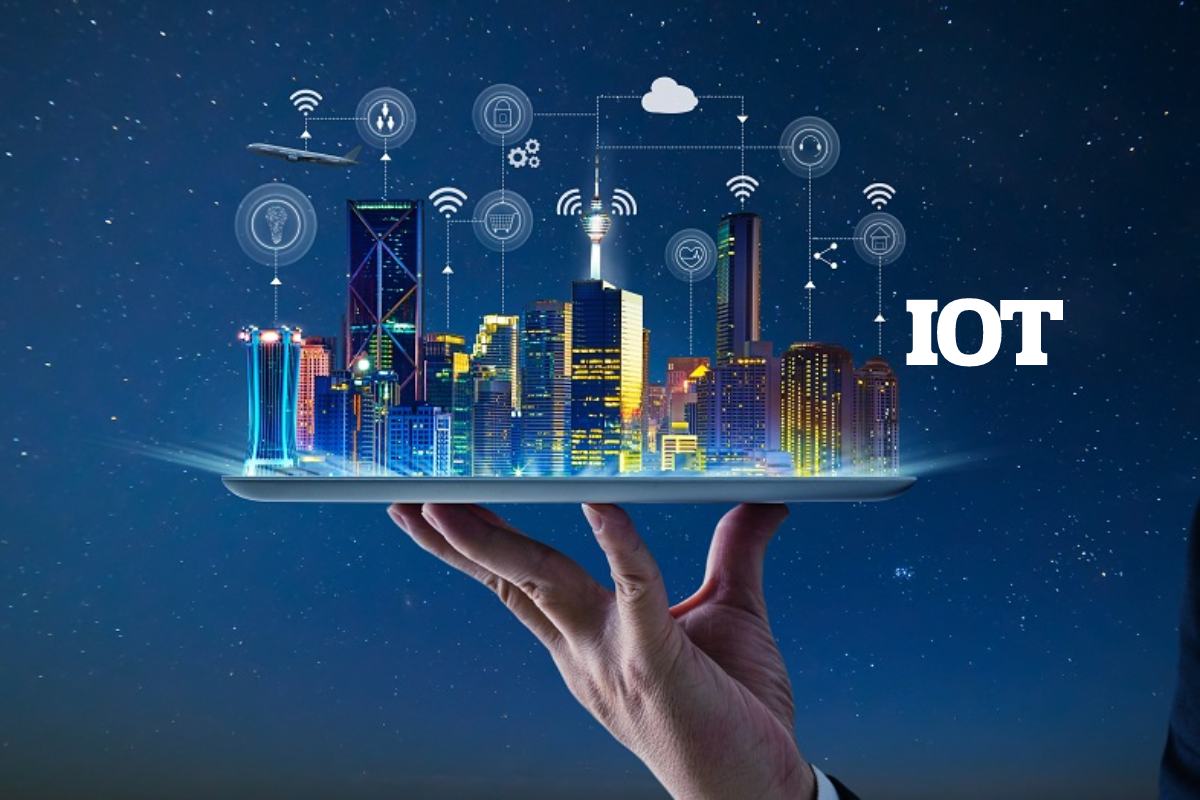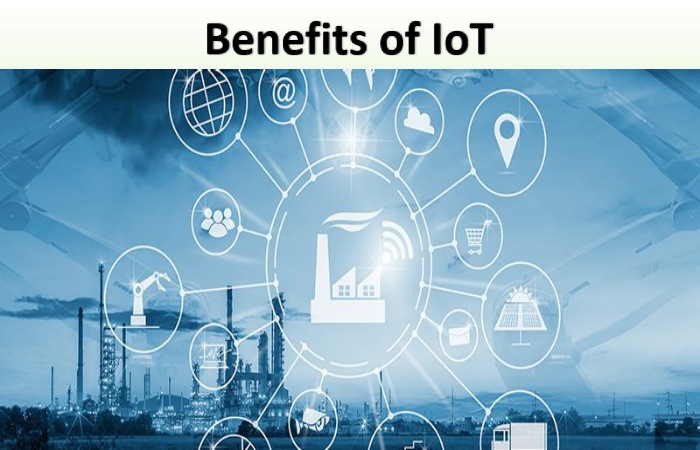What is the Internet of Things (IoT)?
The Internet of Things, or IoT, is a huge network of everyday physical objects—like your fridge, car, or fitness tracker—that have built-in sensors, software, and tech to connect to the internet. These “things” chat with each other and share data automatically. From simple home gadgets to big factory machines, IoT makes the world smarter by linking everything up.
Nearly 20 billion IoT devices are connected worldwide in 2025. Experts expect this number to keep climbing fast in the years ahead.
Why is IoT So Important?
IoT is one of the coolest tech trends of our time. It lets ordinary stuff—like kitchen tools, cars, smart thermostats, or baby monitors—talk to the internet. This means people, machines, and processes can team up smoothly without you lifting a finger.
Thanks to cheap computers, cloud storage (like online filing cabinets), big data (tons of info), smart analysis tools, and phones, these objects collect and share details on their own. In this super-linked world, digital tools can watch, track, and tweak how things interact. It’s like the real world and the online world high-fiving all the time.

What Tech Made IoT Possible?
The IoT idea has been around for ages, but recent breakthroughs made it real:
Cheap, Low-Power Gadgets: Affordable sensors and tiny devices let more companies jump in.
Easy Connections: Lots of wireless ways (like Wi-Fi or Bluetooth) to link sensors to the cloud for quick data sharing.
Cloud Power: Online platforms let anyone scale up without buying huge servers.
Smart Learning (Machine Learning and Analytics): Computers crunch massive data piles super fast to spot patterns. IoT feeds these tools with fresh info, and they push IoT even further.
Chatty AI: Voice helpers like Alexa or Siri use brain-like networks to understand your words, making smart homes fun and easy.
How Do IoT Apps Work?
IoT apps are ready-to-use software (like apps on your phone) that grab data from sensors and show it on easy dashboards. Companies like Oracle have full suites of these.
These apps use machine learning to scan huge sensor data in the cloud. You get real-time alerts and charts on stuff like how well machines are running or when things might break. The smart algorithms spot problems, ping you, and even fix issues automatically. Businesses can plug these into their workflows—like supply chains or customer service—without starting from scratch.
Cool Ways IoT Gets Used
IoT shines by sharing sensor info and letting devices talk directly. Here are some top examples:
Smarter Factories: Machines self-check for issues, and products get scanned in real-time to catch defects early.
Tracking Stuff: Businesses find lost gear fast and protect valuables from theft.
Health and Safety Watches: Wearables track your steps or heart rate; docs monitor patients from afar. It also keeps workers safe in risky jobs by spotting dangers.
Boosting Daily Tasks: In shipping, IoT guides trucks live to save time and fuel.
New Business Ideas: Remote machine checks lead to “pay-for-use” models, like renting gear instead of buying it.
Which Industries Win Big with IoT?
Lots of fields use IoT sensors to level up:
Manufacturing
Spot machine glitches early to fix them before they halt production. This cuts costs, keeps things running longer, and tracks gear better.
Cars and Driving
Sensors warn drivers of breakdowns and help makers learn how to make tougher vehicles. It even shares tips like “slow down—ice ahead!”
Shipping and Travel
Trucks, ships, or trains reroute based on weather or traffic. Sensors on goods (like meds or food) alert if temps go wonky, keeping stuff fresh.
Shopping Stores
Smart shelves count stock automatically and ping when it’s low. Beacons send you deals on your phone for a fun shopping vibe, plus smoother deliveries.
Government and Services
Utilities text you about power outages and fix them quicker by tracking the problem’s size.
Healthcare
Track wheelchairs or meds in hospitals so staff find them fast. It ensures everything’s used right and accounted for.
Safety Everywhere
In dangerous spots like mines or oil rigs, alerts warn workers of risks. Wearables check health and air quality, helping docs watch from home.
Conclusion
IoT is basically a web of gadgets and objects— from sensors to your sneakers—that link up online (or private networks) to see and chat without you. Anything you can think of could join in for machine-to-machine teamwork (called M2M). The goal? Make life easier, safer, and smarter by letting things handle the details!



